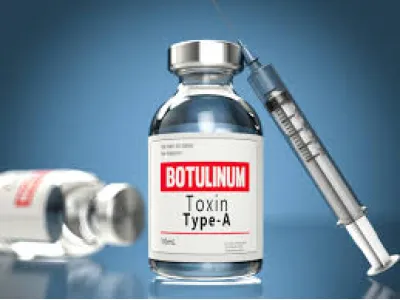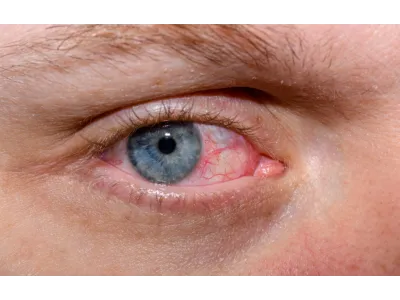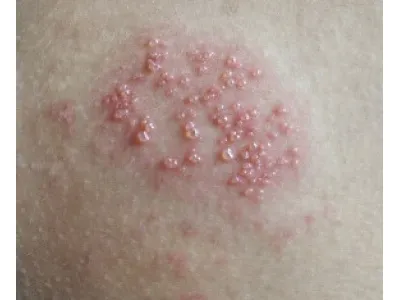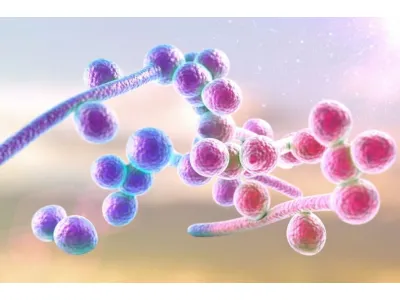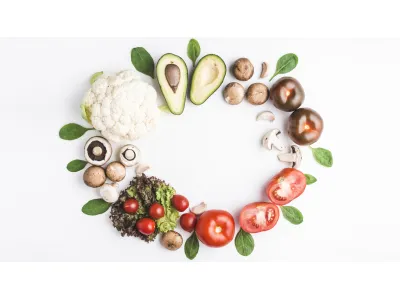Bamboo - a plant with multiple uses in our world.
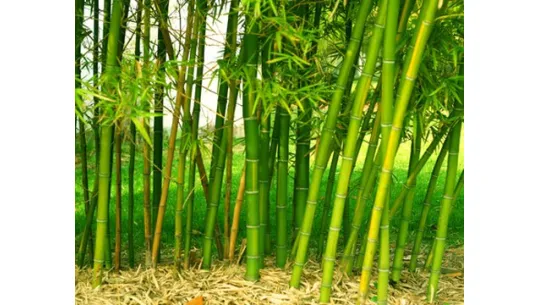
Bamboo is one of the most amazing plants of planet Earth. It belongs to the family of grass. Bamboo homeland is considered East Asia, but it is widespread in almost all over the world nowdays. It grows mostly in the tropics and subtropics, although some species grow in colder climates, and even in the mountains. In Russia, some species of bamboo are found in Sakhalin and the Kuril Islands, two dozen of its species are also cultivated on the Black Sea coast.
Bamboo has a stiff golden straw, with a stalk bearing at the top of its leaves, branches and flowers in a panicle. It reaches a huge growth up to 25-40 meters, forming bamboo thickets and groves. Bamboo stalk grows very fast, up to 40 cm per day, and after 3 years it becomes timber. Its sprouts are so strong, full of life and energy that they can penetrate even stone. Therefore, it is considered a symbol of resilience and indomitable energy, represents eternal youth, vitality, well-being and flexibility.
Bamboo has a reputation as one of the most easily cultivated crops, with a rapid growth, bamboo grows 20 times more faster than trees. The period of maturity is 5-6 years, while it is growing without the need for fertilizers, making it beneficial to the environment. Growing bamboo resists the development of fungi, bacteria and pests. It produces 35% more oxygen than any tree and helps to improve the climate of the planet.
Bamboo wood is used since ancient times to make household items and furniture, paper, musical instruments. Bamboo fibers, have antiseptic properties and the ability to absorb and evaporate moisture, thus making it idead to make clothes, bed linen, towels, sanitary pads, shoe insoles and socks, filling for pillows and blankets. Textile products made from bamboo fiber have antibacterial properties and is recommended for people suffering from allergies as well as for children with sensitive skin. The antibacterial properties of bamboo due to the presence of natural antiseptic Bamboo bun (bamboo nephritis), an antimicrobial agent, gives the plant a natural resistance to pests and fungi.
Bamboo is used also in cooking. The young bamboo shoots are used in many dishes, known in Japanese cuisines, Chinese, Vietnamese and many other East Asian countries. Bamboo is rich in vitamin composition. Its shoots contain vitamins A, B6, thiamine, niacin, riboflavin, folic, pantothenic and silicic acids rich in minerals such as calcium, phosphorus, magnesium, potassium, manganese, zinc, copper, selenium and iron.
Bamboo has many medicinal properties, and since ancient times it is being used in Chinese medicine, Japanese, Indian and throughout Asia. It is effective in peptic ulcer disease, digestive disorders, diarrhea.In Asia it is used for the treatment of fever, jaundice, dysentery. The shoots are used for cleaning and rapid healing of wounds, have anti-inflammatory properties and are rich in antioxidants. Bamboo shoots are rich with lignans, which have anticancer, antibacterial, antifungal and antiviral properties. Fresh juice is used as an anthelmintic. The leaves are used as an antipyretic and expectorant, the roots as tonic, astringent, diuretic, styptic. In China bamboo preparations are also for the treatment of epilepsy.
Bamboo juice is rich in silica, which is an important component of connective tissue: cartilage, tendons, as well as the skin, hair and nails. It has a beneficial effect on the joints, it stimulates the synthesis of collagen in connective tissues. It is useful for arthritis and osteoporosis, improves the condition of hair, skin and nails. These substances are able to restore elasticity and firmness of collagen and elastane fibers, and thus return the youth and beauty of the skin, strengthen and protect the hair and nails, promoting their growth.





